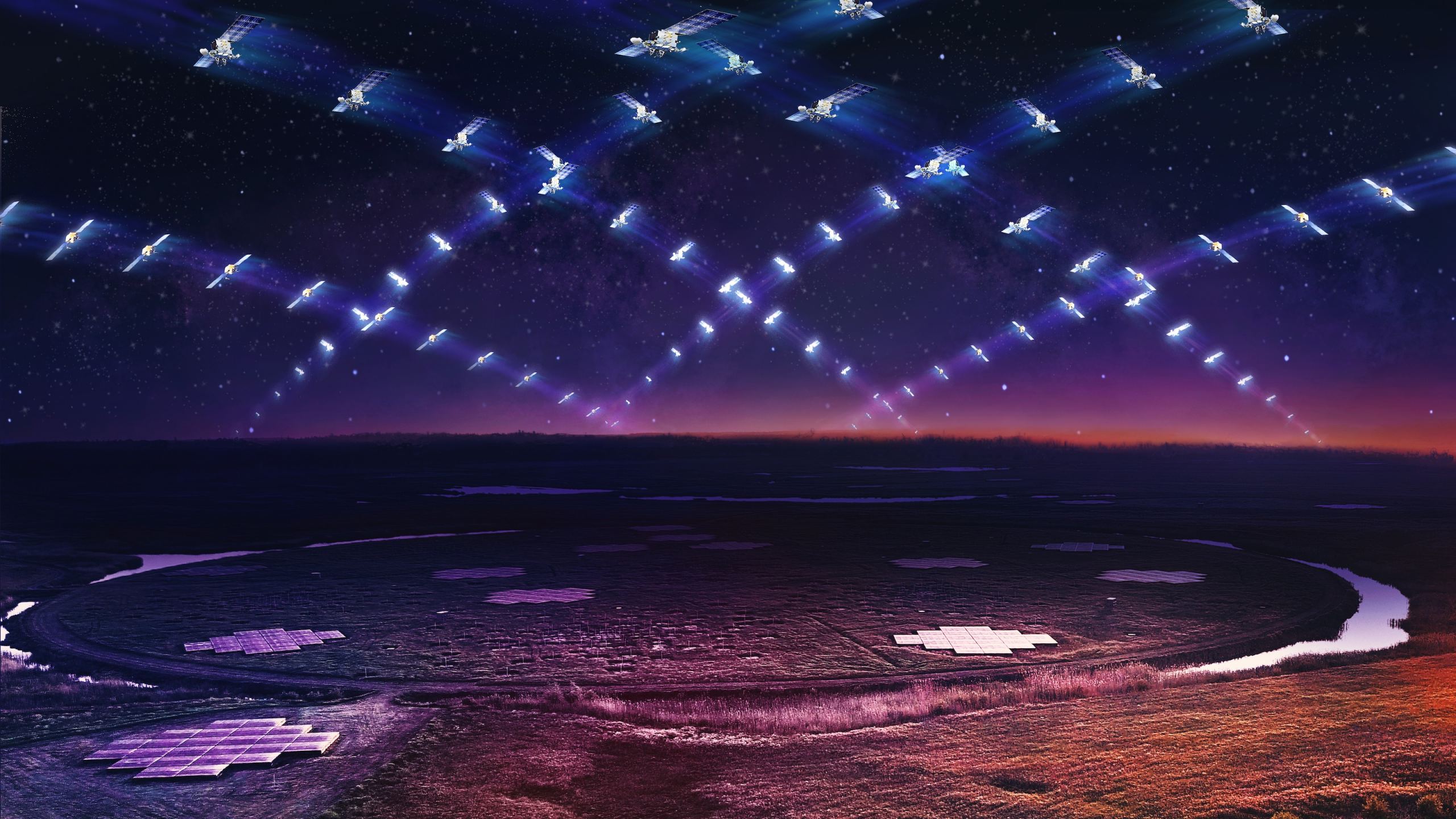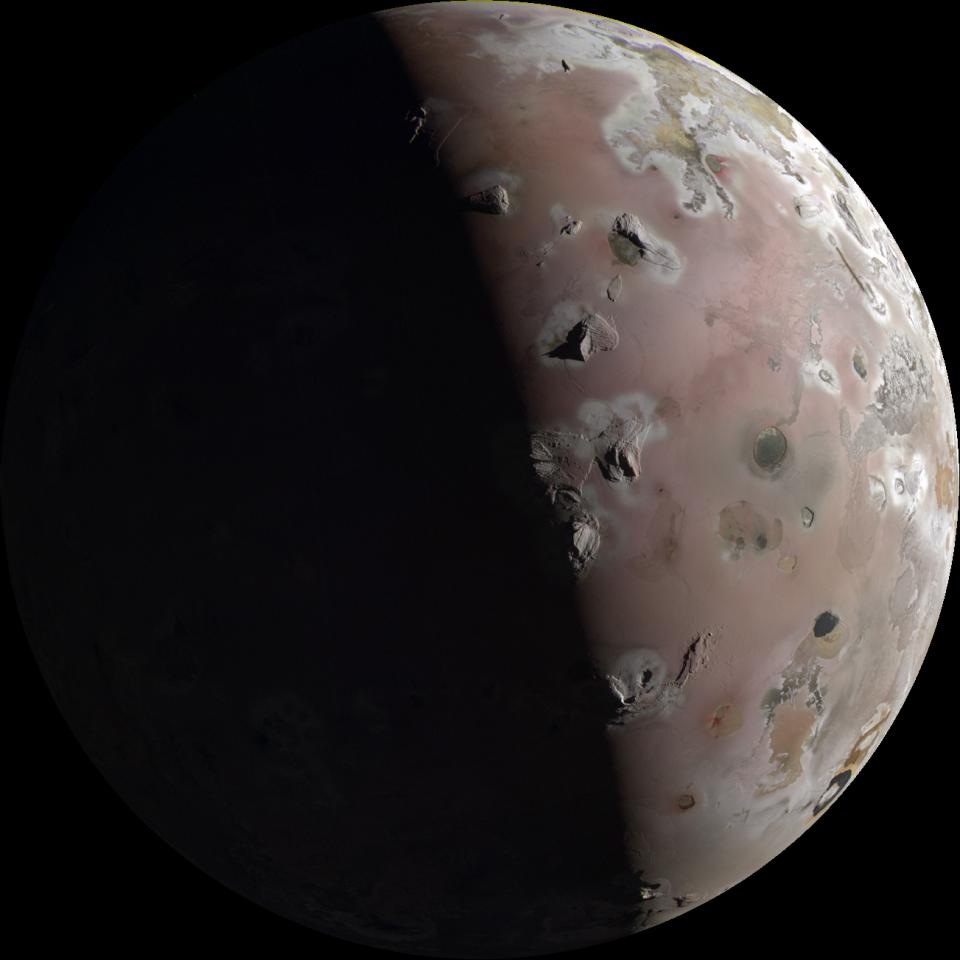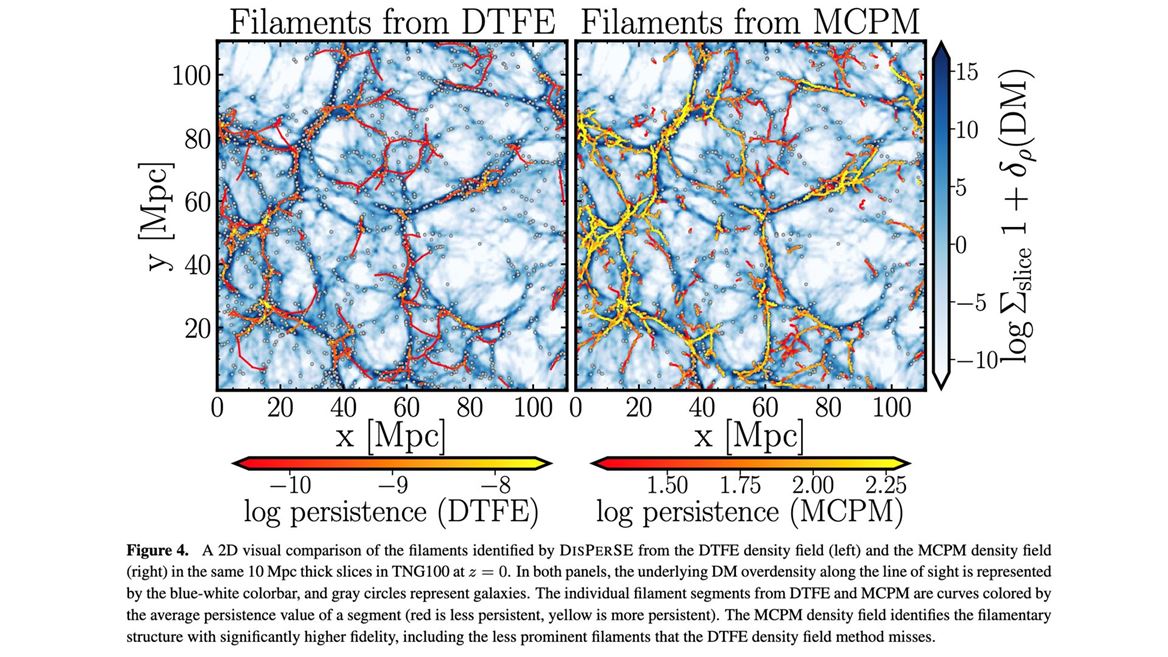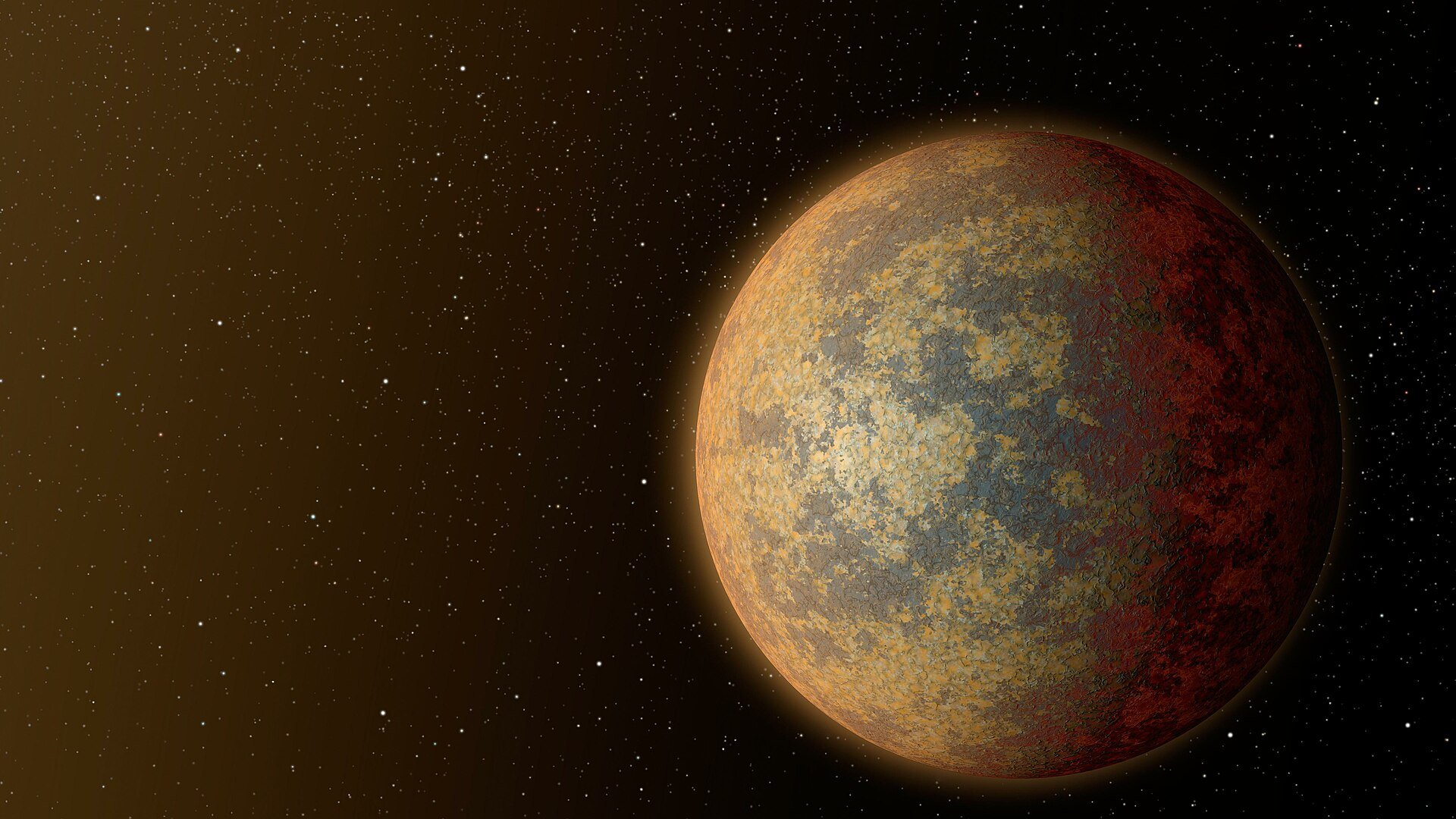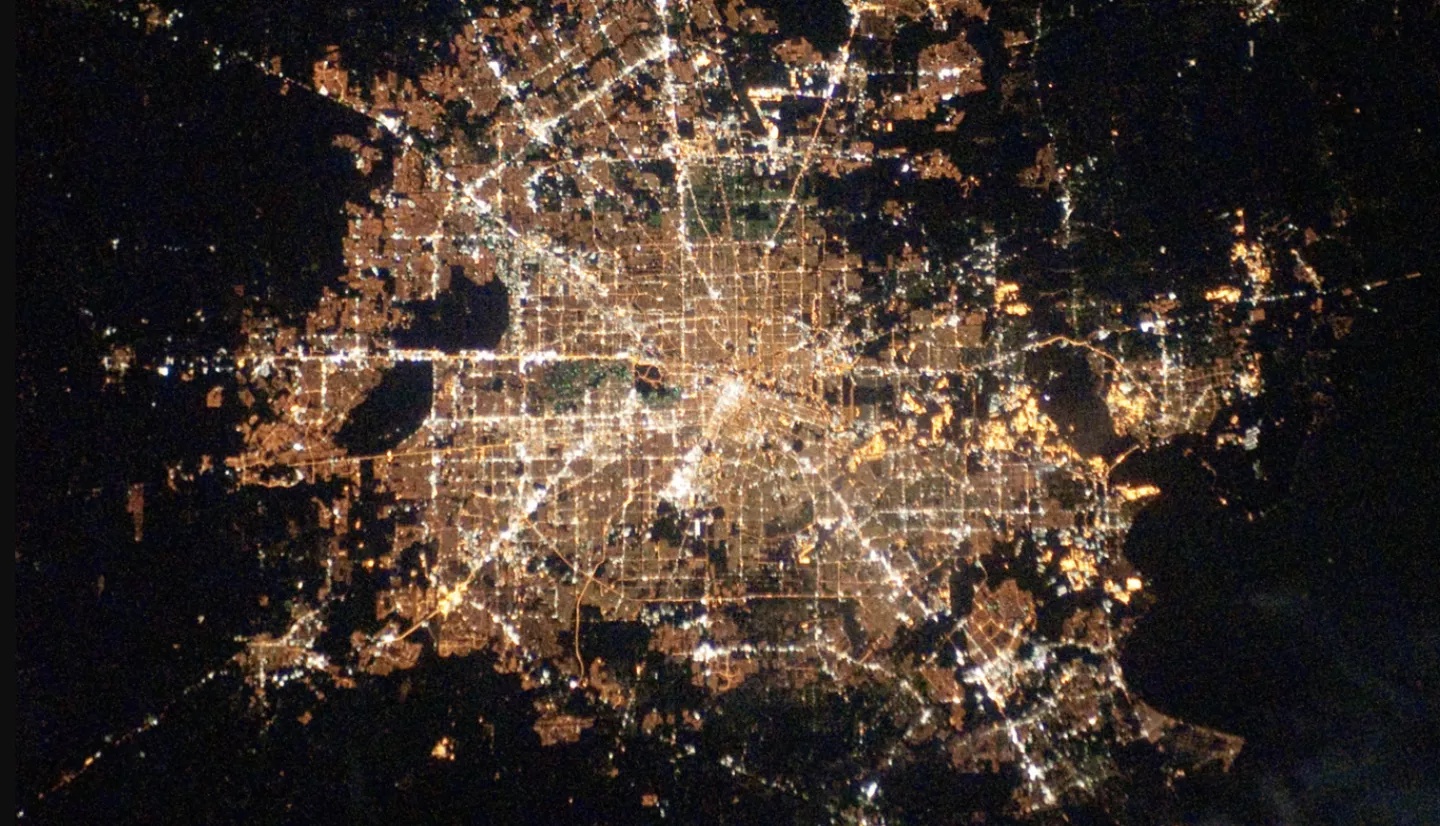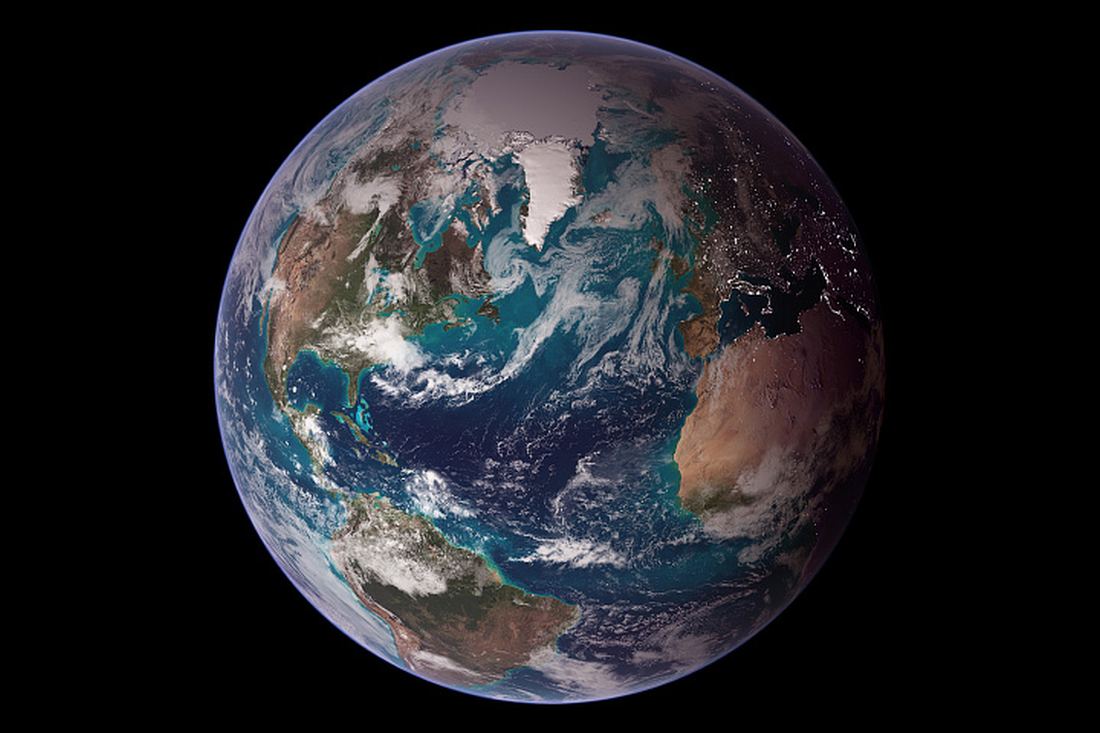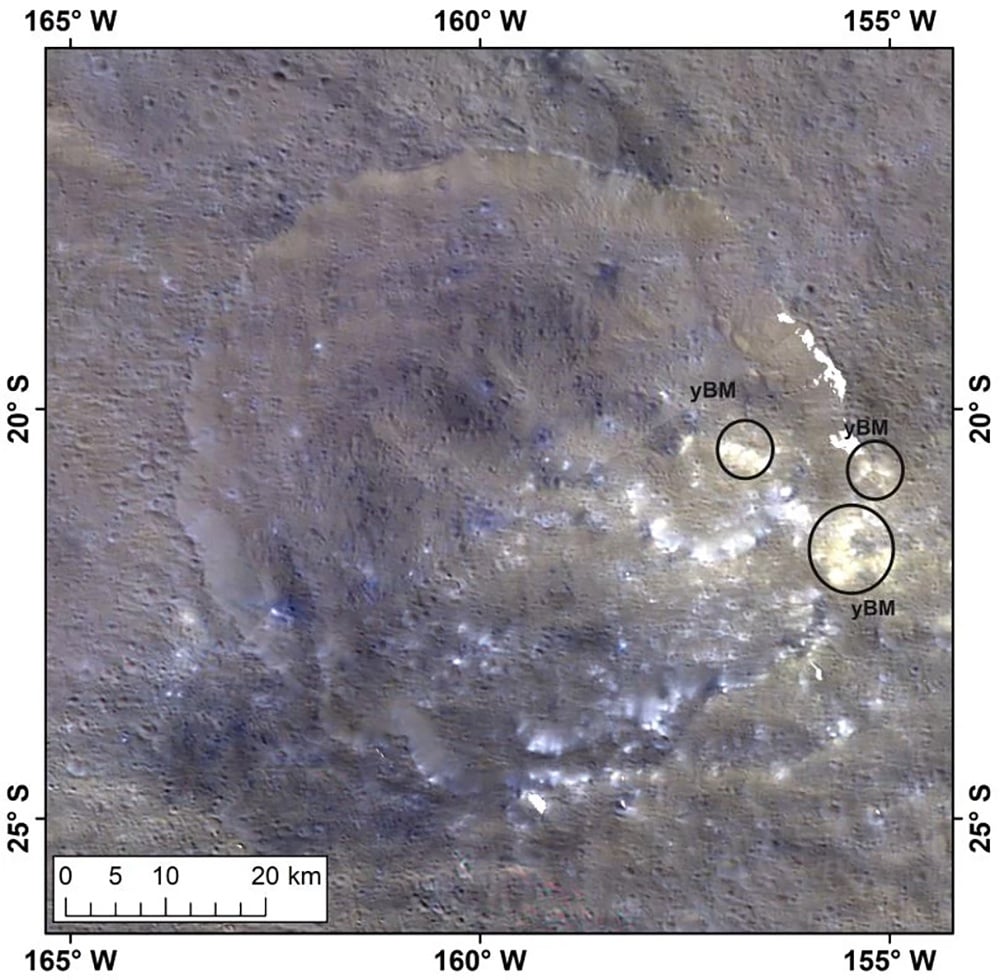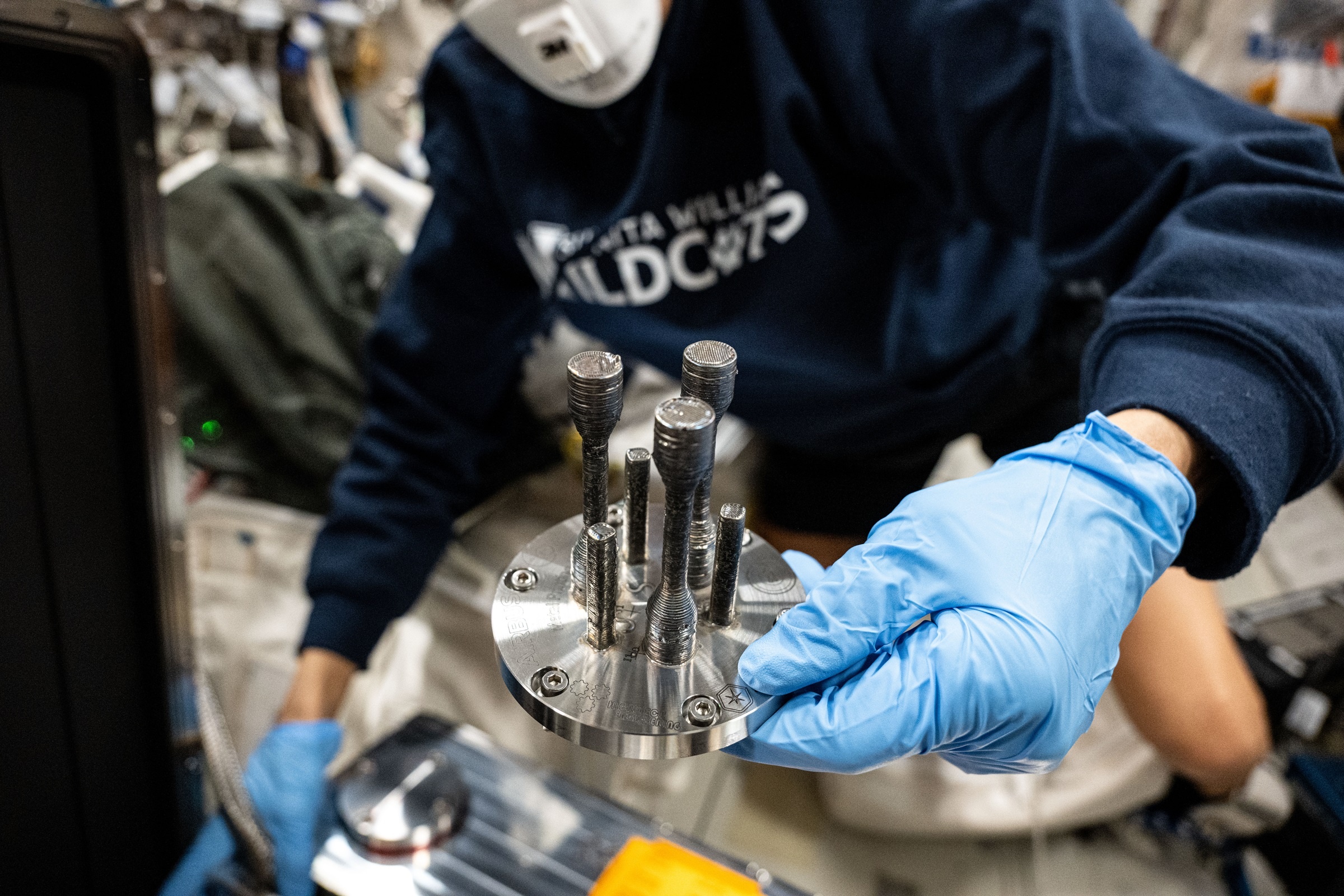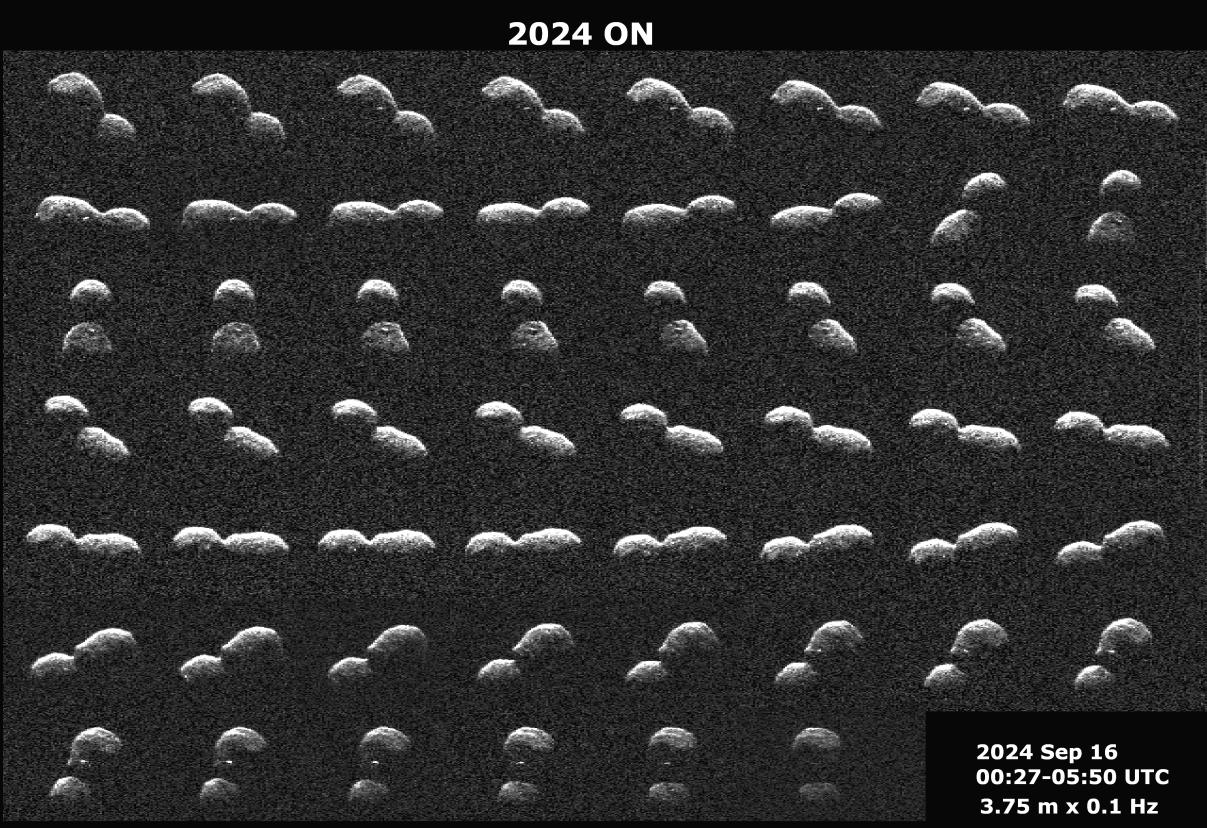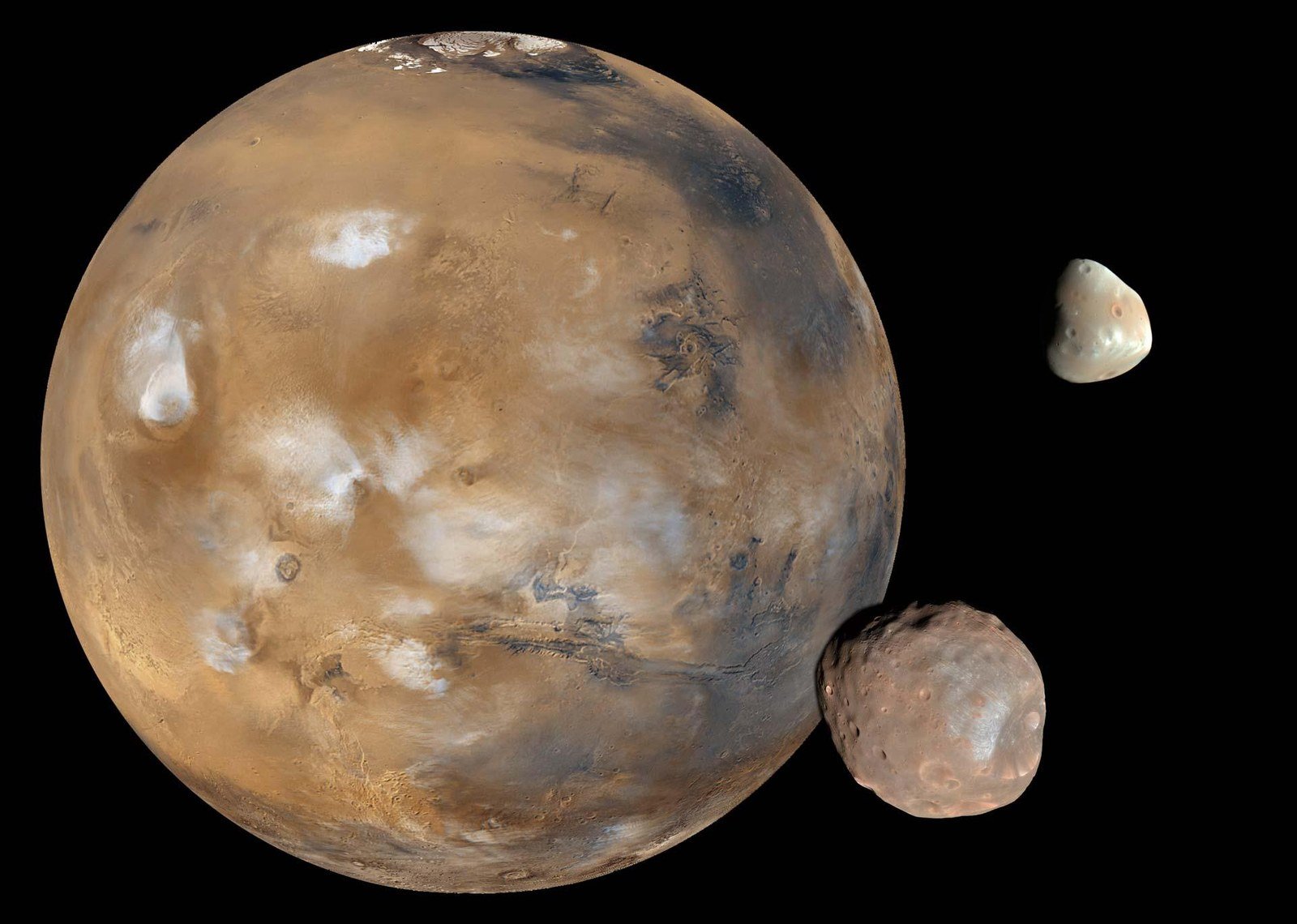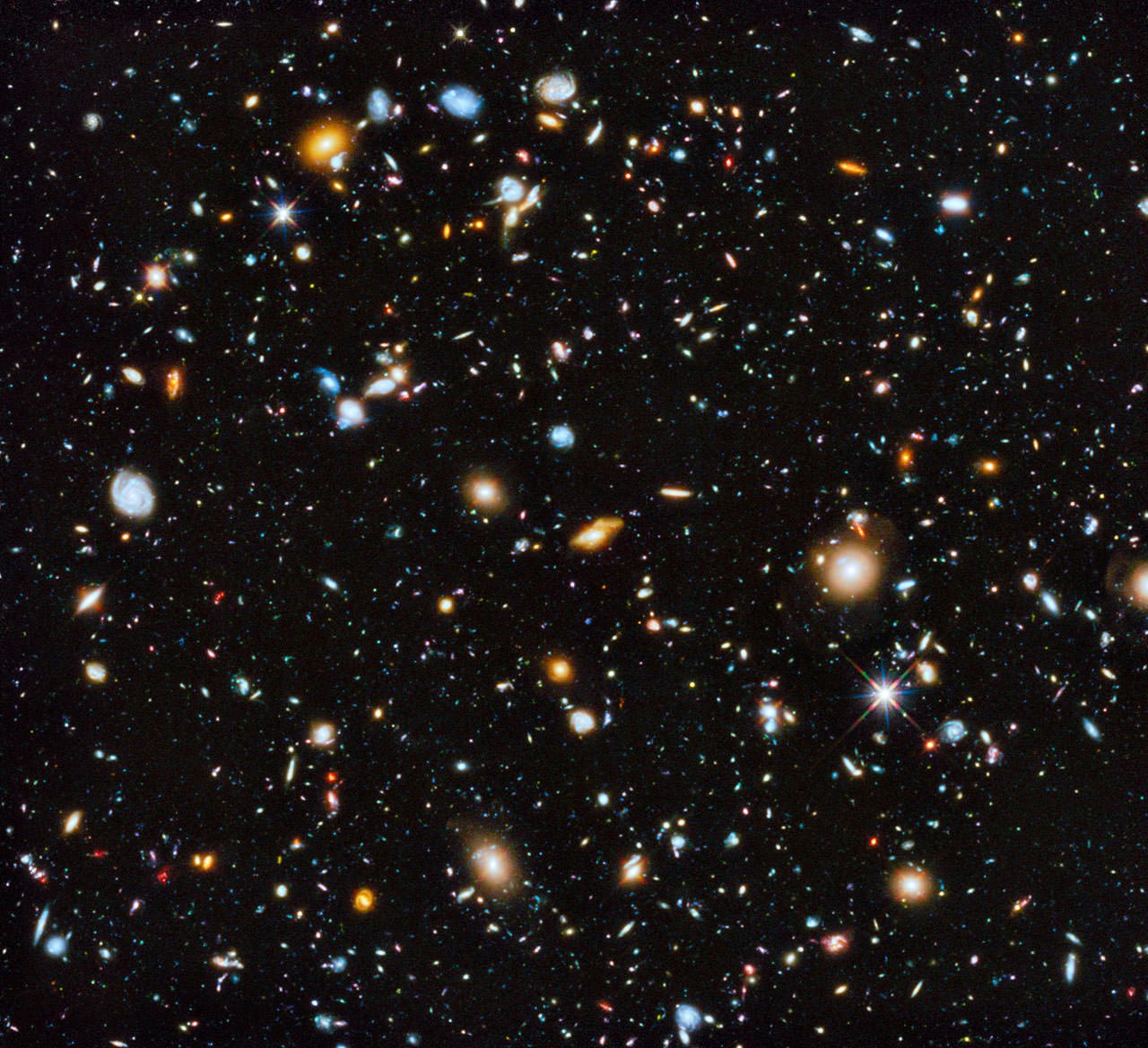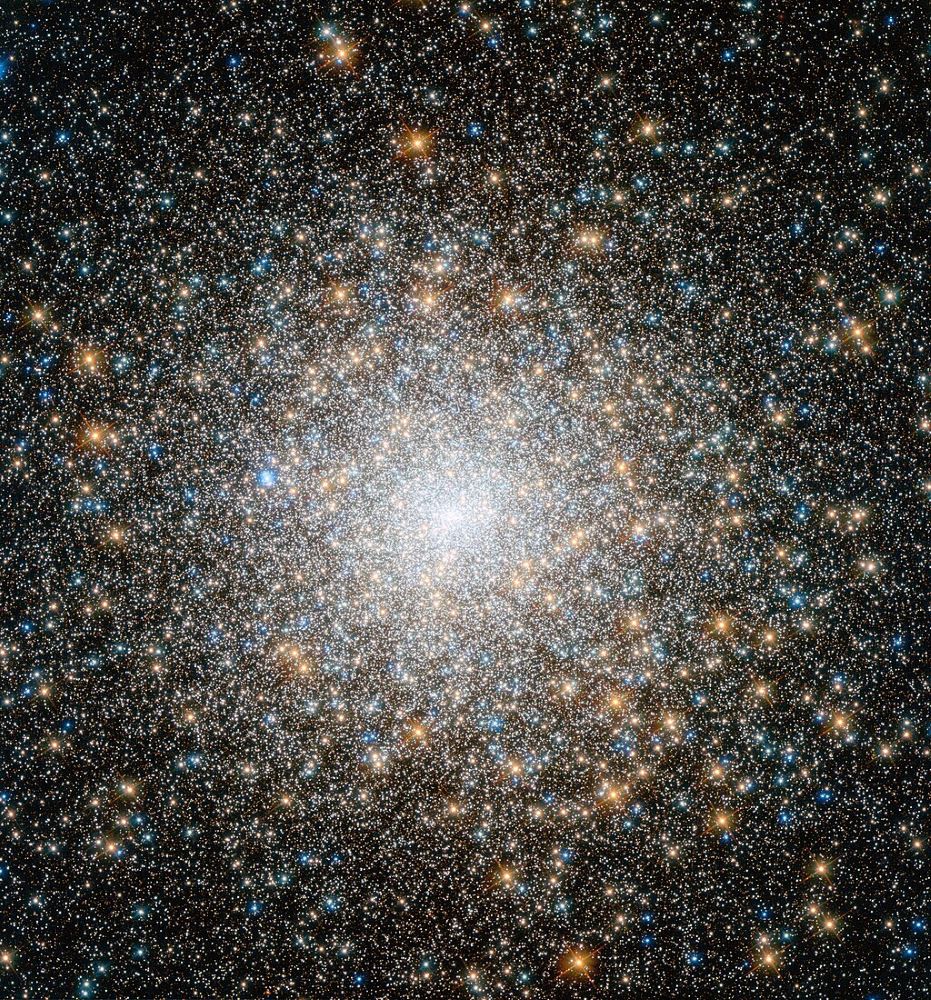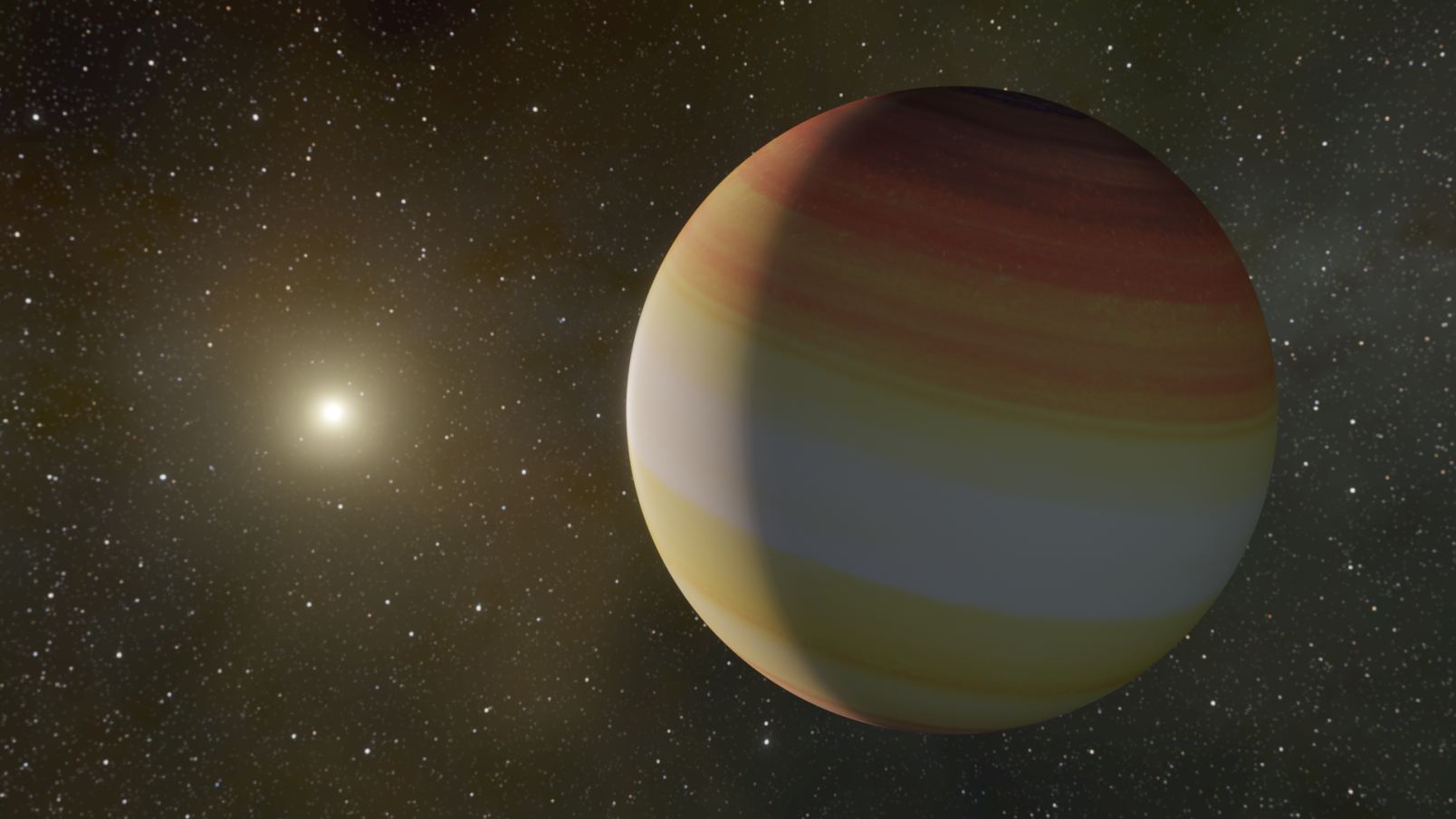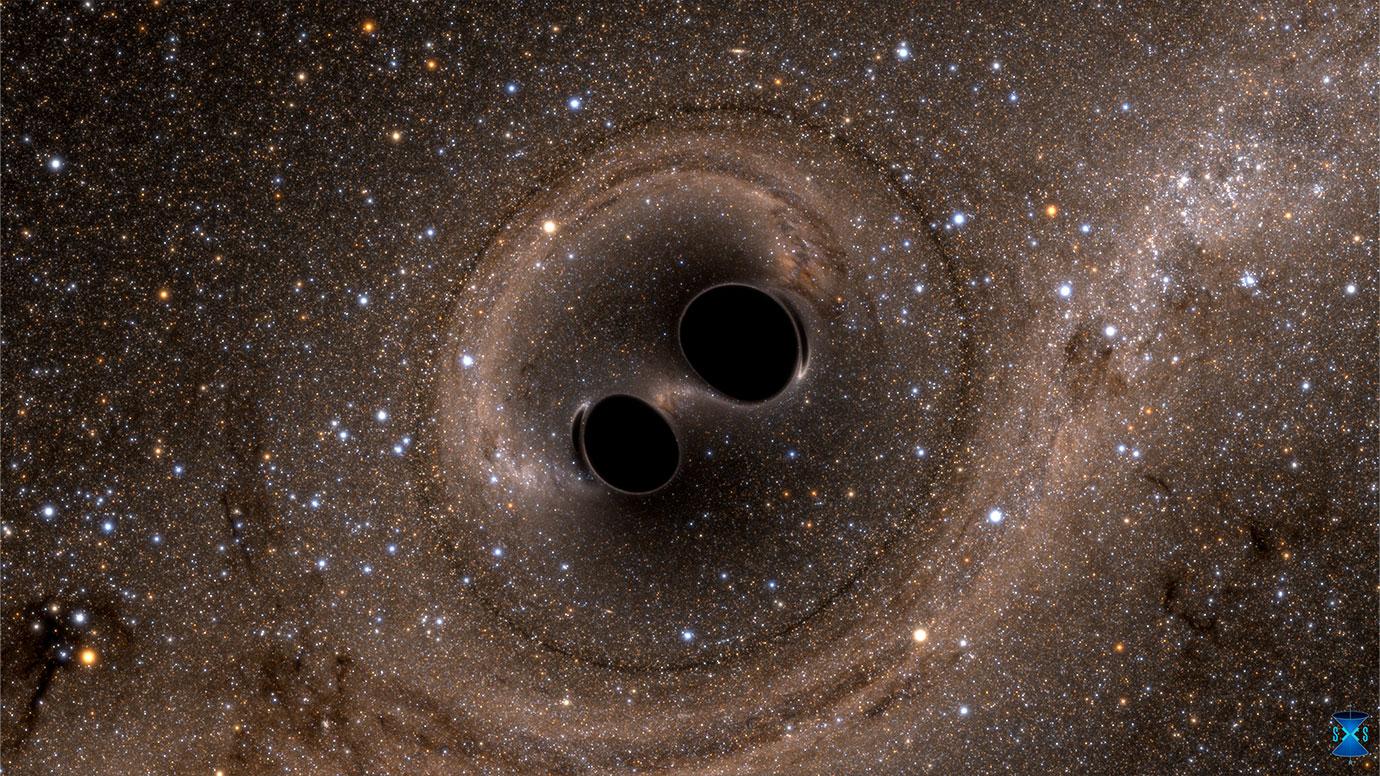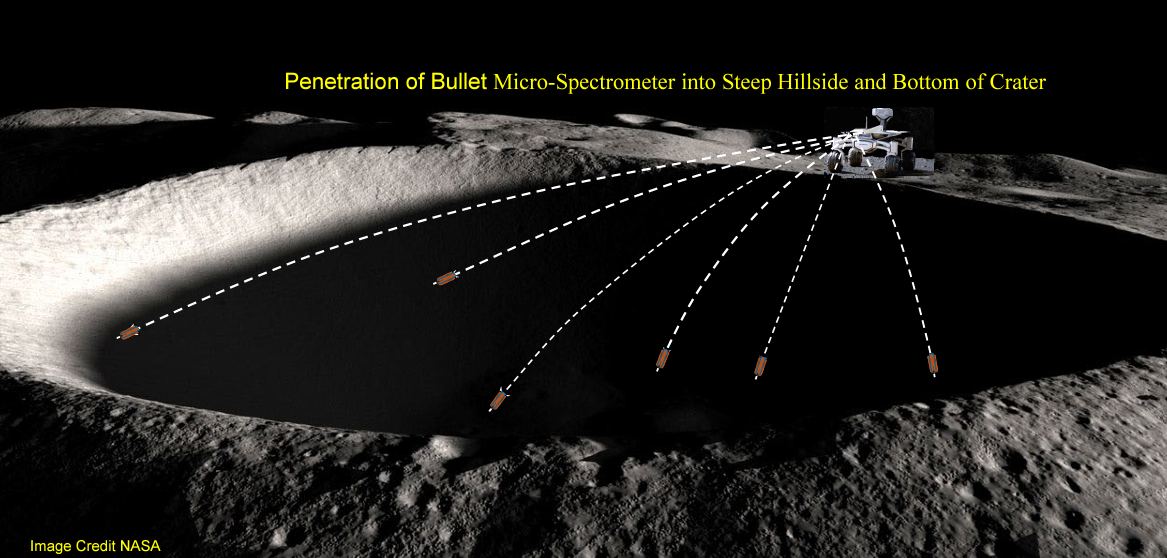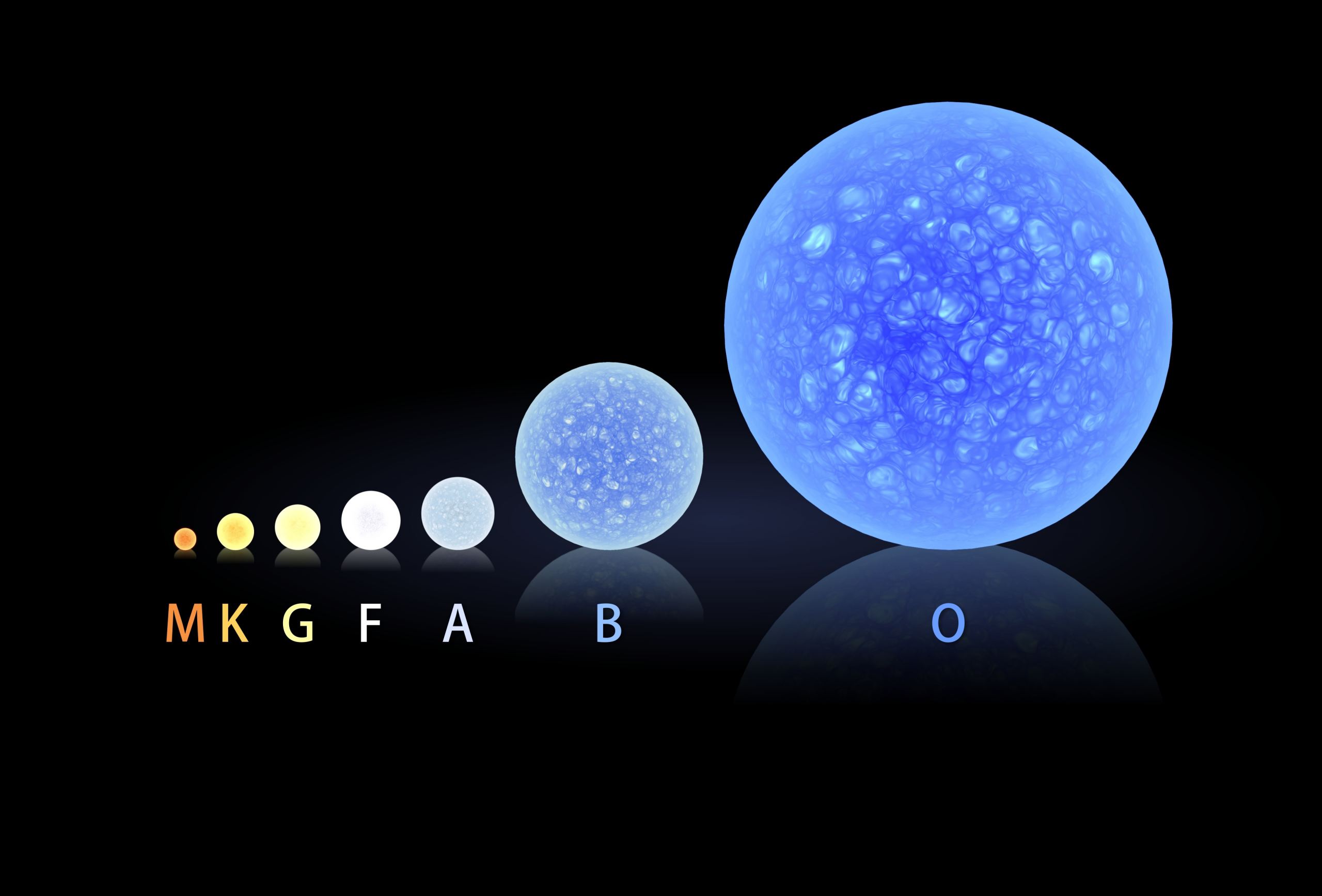
Astronomers have several classifications for stars: the Sun is a G-type star. As you go up the list, the next hotter stars are the F-type, with surface temperatures in the range of 6200–7200 K. Could these stars have habitable zones where planets might support life? According to a new study, there have already been planets discovered within the habitable zones of F-type stars, which also lie outside the region where there is too much ultraviolet radiation.
Continue reading
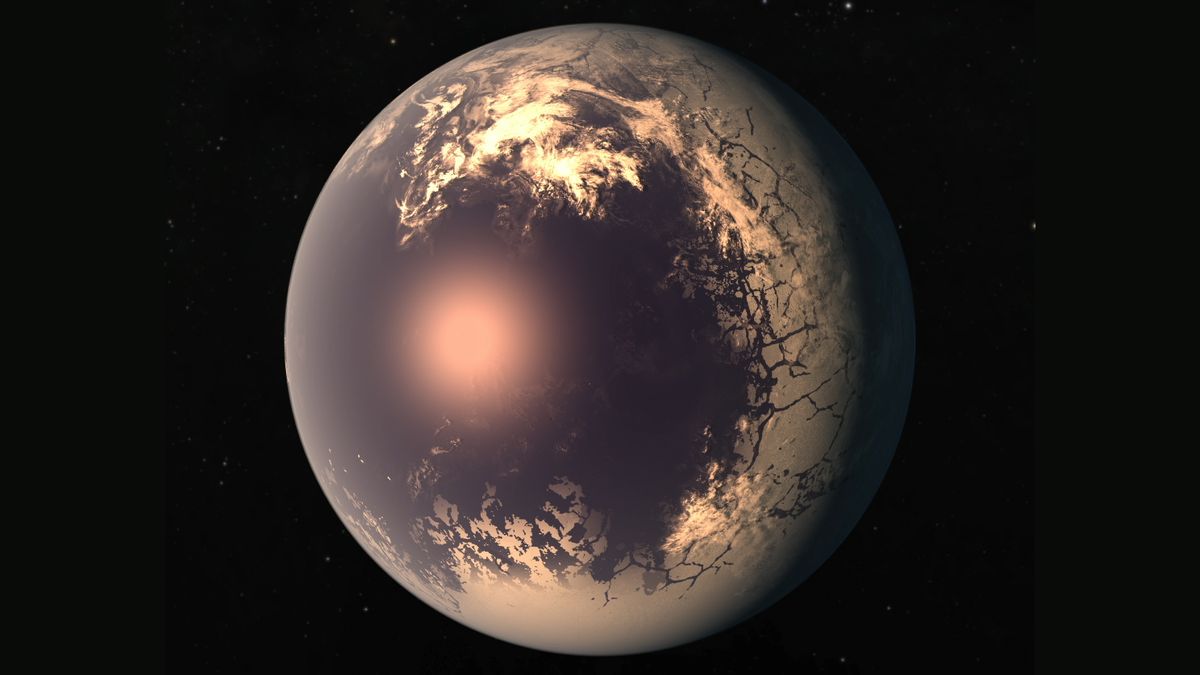
One of the most intriguing planetary systems is TRAPPIST-1, with several Earth-sized worlds orbiting a red dwarf star, and astronomers have already scanned planets to search for evidence of an atmosphere. The first two worlds appear to be airless super-mercuries, and the hope lies on the next few planets, which orbit in the star's habitable zone. But what if the planets are hiding their atmospheres? A new paper suggests that night-side clouds can mimic an airless world.
Continue reading
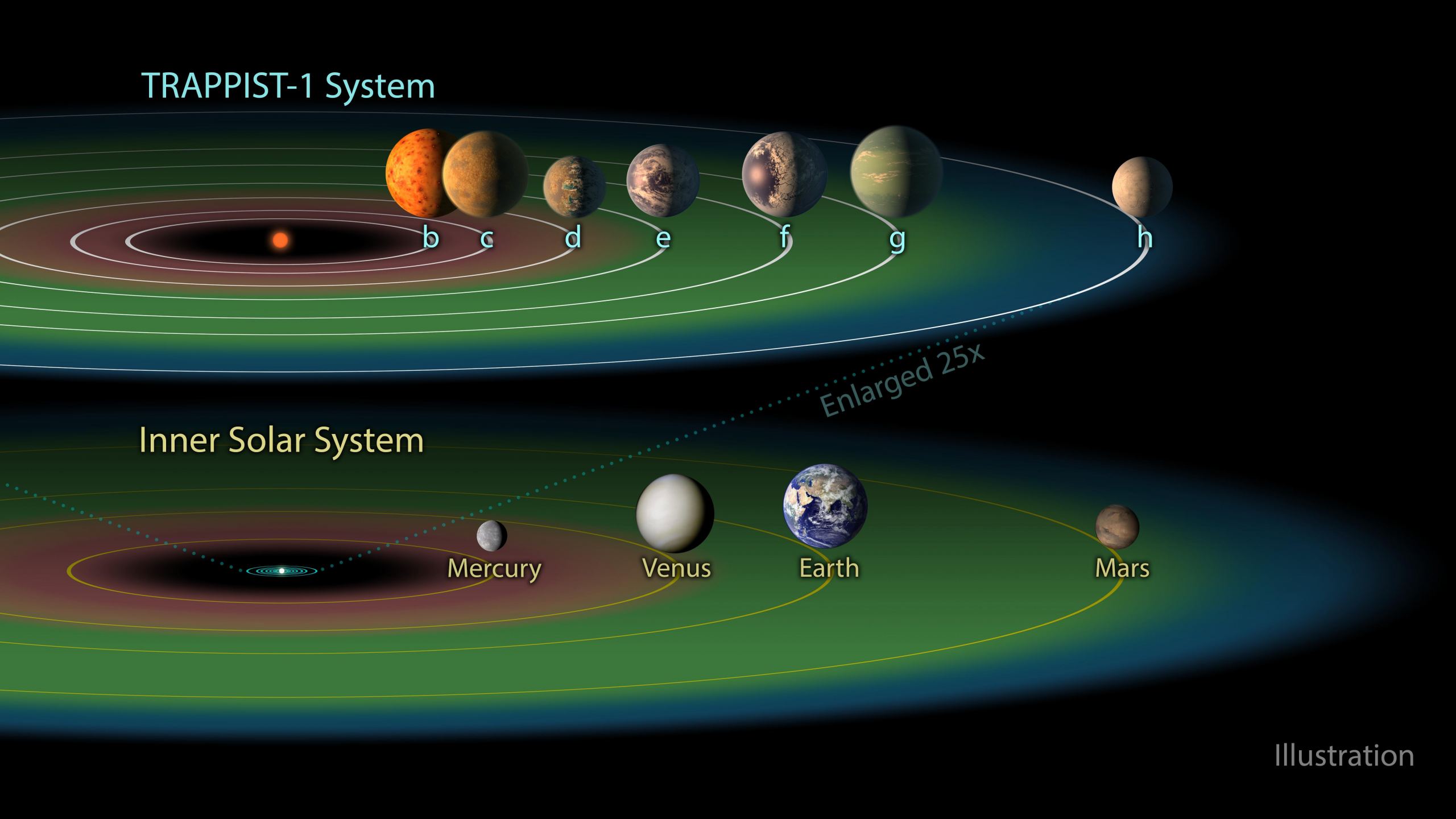
If there's an advanced civilization in the TRAPPIST-1 system living on multiple worlds, there's a way to eavesdrop on their conversation from world to world. Researchers directed the Allen Telescope Array at the TRAPPIST-1 system during times of "planet-planet occultations," when two of the worlds in the system are aligned with Earth and their star. Communications directed at the planet could spill over and be detectable from Earth. No signals were detected.
Continue reading
